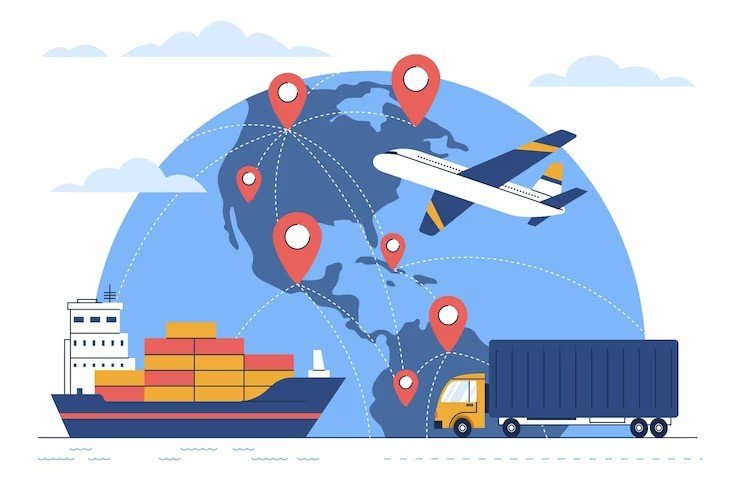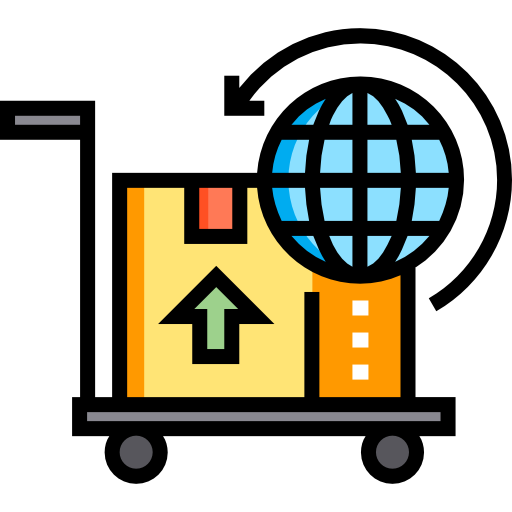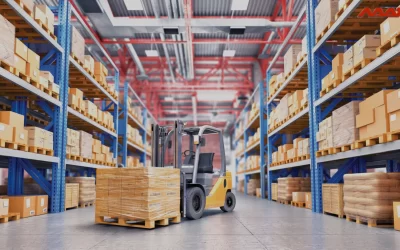In today’s interconnected world, expanding your business beyond borders has never been more accessible. International shipping opens up a world of opportunities for e-commerce businesses to reach new markets, tap into diverse customer bases, and drive revenue growth. However, navigating the complexities of international shipping requires careful planning, strategic partnerships, and a deep understanding of customs regulations and logistics. In this comprehensive guide, we’ll delve into the ins and outs of international shipping, equipping you with the knowledge and strategies needed to successfully navigate the global marketplace.
1. Understanding Customs Regulations and Duties
One of the first steps in international shipping is understanding customs regulations and duties imposed by different countries. Each country has its own set of rules governing the importation of goods, including restrictions on certain products and requirements for documentation. Familiarize yourself with customs procedures, tariff classifications, and duty rates to ensure compliance and avoid costly delays or penalties.
2. Selecting the Right Shipping Carrier
Choosing the right shipping carrier is essential for ensuring reliable and efficient international shipping. Consider factors such as shipping speed, coverage area, tracking capabilities, and cost when selecting a carrier. While global carriers like FedEx, UPS, and DHL offer extensive networks and comprehensive services, regional carriers and freight forwarders may provide more cost-effective solutions for specific regions or shipment sizes.
3. Packaging and Labeling Requirements
Proper packaging and labeling are crucial for protecting your products during transit and complying with international shipping regulations. Use sturdy packaging materials that can withstand long-distance travel and provide adequate cushioning for fragile items. Ensure that packages are labeled accurately with recipient addresses, product descriptions, and any required customs documentation to facilitate smooth customs clearance and delivery.
4. Managing Shipping Costs and Fees
International shipping costs can vary significantly depending on factors such as shipment weight, dimensions, destination, and shipping speed. To manage costs effectively, optimize packaging to minimize dimensional weight charges, negotiate shipping rates with carriers, and explore consolidation options for bulk shipments. Additionally, be aware of additional fees such as customs duties, taxes, and brokerage charges, and factor these into your pricing and shipping calculations.
5. Offering International Shipping Options to Customers
Providing international shipping options to customers can help expand your customer base and increase sales opportunities. Clearly communicate shipping rates, delivery times, and any potential import duties or taxes to international customers at checkout. Offer a range of shipping methods, including standard and expedited options, to accommodate different preferences and budgets.
6. Streamlining Customs Clearance Processes
Efficient customs clearance is essential for minimizing delays and ensuring timely delivery of international shipments. Provide accurate and complete customs documentation, including commercial invoices, packing lists, and certificates of origin, to expedite the clearance process. Consider partnering with customs brokers or freight forwarders who can assist with customs documentation and clearance procedures, especially for complex shipments or high-value goods.
7. Monitoring and Tracking Shipments
Real-time shipment tracking is critical for keeping customers informed and addressing any issues that may arise during transit. Utilize tracking services provided by shipping carriers to monitor the status of international shipments and proactively communicate updates to customers. Implement automated tracking notifications to alert customers of shipment milestones and delivery status, enhancing transparency and customer satisfaction.
Conclusion
International shipping presents both opportunities and challenges for e-commerce businesses seeking to expand their reach and tap into global markets. By understanding customs regulations, selecting the right shipping carriers, optimizing packaging and labeling, managing shipping costs effectively, offering international shipping options to customers, streamlining customs clearance processes, and monitoring shipments closely, businesses can navigate the complexities of international shipping with confidence and success. Embrace the opportunities of global commerce, and unlock the potential of international markets to drive growth and propel your business to new heights of success in the global marketplace.








